What to do if you didn’t pass your test
By Paul Baxter, 11th February 2025
Category: Learner driver
Firstly you’re not alone, it could be your first test or your forth test, not everyone passes their driving test straight away. In fact, more than half of people who take a car practical driving test do not pass.
And remember, it’s only a fail if you give up, otherwise it’s just a delay.
When you’re ready, continue to drive, read the report that the examiner has given you, talk to your driving supervisor or driving instructor and create a plan to work on the faults.
Did nerves get the best of you?
If you feel you didn’t drive at your best due to nerves, a great way to prepare and overcome them are to do mock tests.
Attempt maneuvers at the start of the drive/lesson so you won’t be caught out if the examiner asks you to do one early. Change when you go out, so you drive with more traffic or when it’s darker.
Book another test
When you book yourself another test, you might have to wait a while, but that gives you longer to practice and prepare. If you have driving lessons, restart them now, and go over what you didn’t pass on last time.
Top 10 reasons why people fail their driving test
-
1. Not making effective observations at junctions
You must always:-
Make effective observations before moving into a new road
-
Make sure it is safe before proceeding
-
-
2. Not using mirrors correctly when changing direction
You must always:-
Make full and effective use of all the mirrors
-
Check the mirrors carefully before signalling, changing direction or changing speed
-
Use the ‘mirror - signal - manoeuvre’ routine effectively
-
-
3. Not moving off safely
You must be able to move off safely while making the correct observations:-
From the side of the road
-
On a slope or hill (gradient)
-
From behind a parked vehicle, so you have to move off at an angle
-
-
4. Incorrect positioning when turning right at junctions
You must be able to position the car as close to the centre of the road as is safe. -
5. Not responding appropriately to traffic lights
You must act correctly at traffic lights, checking that the road is clear before you proceed when the green light shows. -
6. Not having proper control of the steering
-
You must be able to steer the car as smoothly as possible.
-
You must steer at the appropriate time, as steering too early or late can cause the car to hit the kerb or swing out towards another road user.
-
-
7. Not responding correctly to traffic signs
You must be able to understand and react correctly to all traffic signs. -
8. Not responding correctly to road markings
You must be able to understand and react correctly to all road markings. -
9. Poor positioning on the road during normal driving
You must be able to:-
Position the car correctly for your intended route
-
Position the car in the middle of marked lanes
-
Only change lanes when necessary
-
-
10. Not driving at a safe and reasonable speed
You must be able to show you can drive at a safe and reasonable speed when appropriate.You must:
-
Take into consideration the conditions of the road, the amount of traffic, road signs and signals, and the speed limit
-
Drive at a speed where you can stop safely, well within the distance you can see to be clear
-
The top 10 reasons are taken from the DVLA website updated 2nd September 2024.